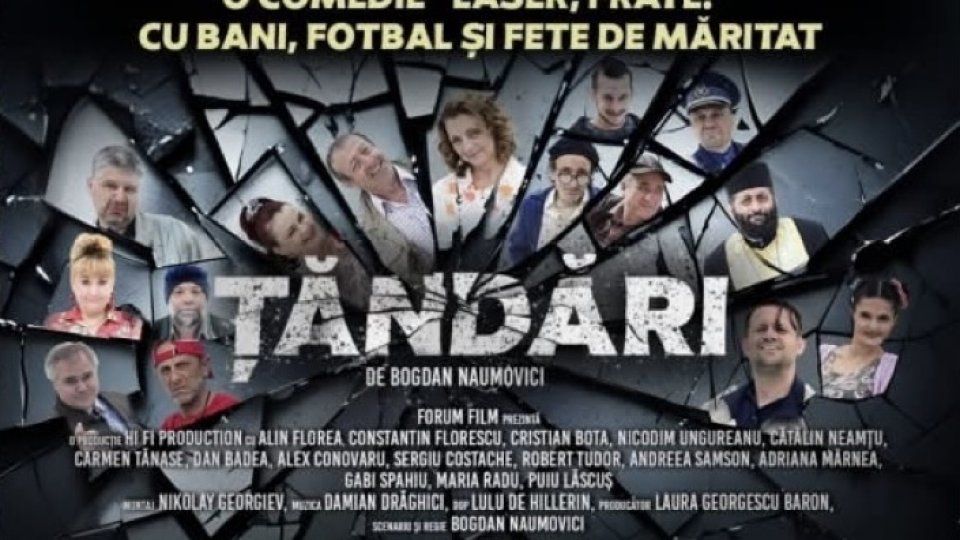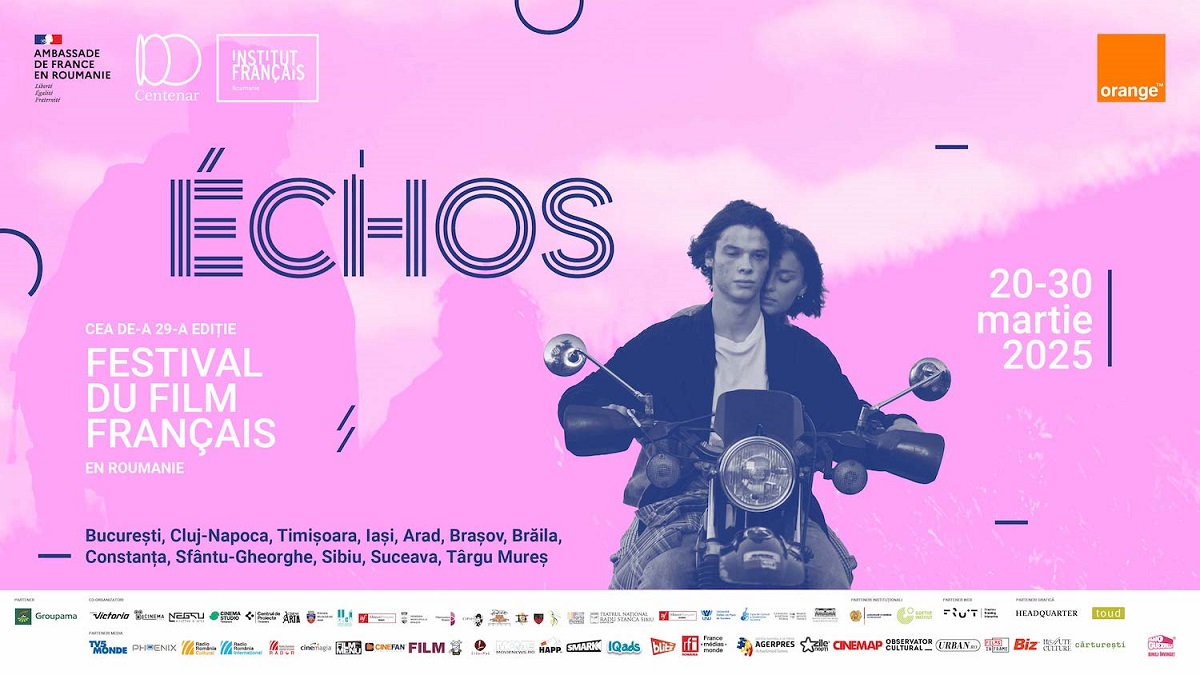The Constantin Brancusi Year
A series of cultural events is devoted to the great sculptor Constantin Brancusi
România Internațional, 30.01.2016, 13:19
The personality of Romanian sculptor Constantin Brancusi will be celebrated all throughout 2016. The commemoration of 140 years since one of the greatest fine artists of all time was born is an opportunity for a wide range of cultural events to be staged, such as conferences, workshops, projects, which are run in order to celebrate and promote the perennial dimension of Brancusis work.
The Romanian Cultural Institute in Bucharest has organised the opening press conference for the series of cultural events of the year staged as a tribute to Constantin Brancusi. Matei Stircea-Craciun is a researcher with the “Francisc J. Rainer Anthropology Institute. He gave us details about one of the most important world-level initiatives to restore the heritage of Constantin Brancusi.
The activity of the Brancusi research centre in Targu Jiu began at a time when the advancement of knowledge as regards Brancusis work was on a different level. In 1995, two retrospective Brancusi exhibitions were staged, in Paris and Philadelphia, respectively. They are the most important such events so far, actually setting the standard regarding the knowledge of Brancusis work. In the Paris catalogue, curator Karen Wilkin writes that to this day, Brancusis work remains impenetrable to critical analysis, that no sources of inspiration could be traced for his work, nor could the origins of that work and the artists outlook be clearly mapped. That, in effect, was the acknowledgement of a failure, after decades of research into Brancusis work. Acknowledging this failure in no way affected the artists recognition or rating – quite the contrary. It only admitted to a flaw in the research methodology, or to a total absence of the methodology used in order to go deeper into the imaginary infrastructure of his work.“
Three decades ago, the “Francisc J. Rainer Anthropology Institute based in Brancusis native town of Targu Jiu initiated a research project focusing on the special language of Brancusis work. The defining feature of this Romanian fine artist was the effort to free sculpture from the concept of the imitation of nature. Instead, Brancusi chose to express the essence of things and the vitality and spirituality of forms. With details on that, here is Matei Stircea Craciun.
In 2005, the Brancusi archives were published, which enabled critics to clarify whether some of the words, phrases, sentences, impressions that they had been using because they had been attributed to Brancusi by some of his friends, truly belonged to Brancusi or not. The archives include transcripts of the artists studio notes, and provide crucial information on him. Id like to mention a related initiative of the ‘Francisc J. Rainer Anthropology Institute, which nearly three decades ago launched a research project focusing on languages and arts. All objects are containers of cultural information, provided you have the tools to identify and circumscribe the information the object contains. Works of art are particularly suitable for this kind of research, because they have no utilitarian limitations, because the cultural information they contain is at its highest, and therefore the chances to put together a well-structured methodology are higher.
Fine artist Mihai Topescu is the initiator of a project designed to promote Brancusis works in Targu Jiu as well as to restore the image of the artist. Back in the days of socialist realism in Romania, Brancusi was dismissed as a representative of bourgeois formalism. However, in December 1956, Brancusis first solo exhibition in Europe was opened at the Bucharest Art Museum of the Republic. It was not until 1964 that communist Romania promoted Brancusi as a national genius. As a result, maintenance works could be initiated and conducted on the compound in Targu Jiu, which includes the Endless Column, the Table of Silence and the Gate of Kiss. Here is Mihai Topescu.
I am not a photo artist, but I put together a project I have been thinking about for quite some time. It involves the making of roughly twenty photographic works of the Targu Jiu ensemble, black and white and full-colour. These are neither artistic photos, nor tourist photos. I will be working with three photo artists. I will curate the project, if you will. The aluminium-print photos, sized two by two meters, are aimed at promoting the ensemble in Targu Jiu. We do that through a number of photo exhibitions staged in the cities where Brancusi himself travelled, that is Budapest, Vienna, Munich, and Paris. At the initiative of several MEPs, the exhibition will also be mounted in Brussels. These photographs of the ensemble in Targu Jiu will be accompanied by photographs from personal collections, images from the restoration time or the time before the restoration. The photographic works will remain in the custody of the Romanian Cultural Institutes ‘Constantin Brancusi Research, Documentation and Promotion Centre, and they will be part of various exhibitions scheduled around the world.“
Acknowledged as one of the most noteworthy sculptors at world level, Constantin Brancusi revealed the spiritual dimension of reality, impregnating the material world with the very essence of things.
(Translated by E. Nasta)





























